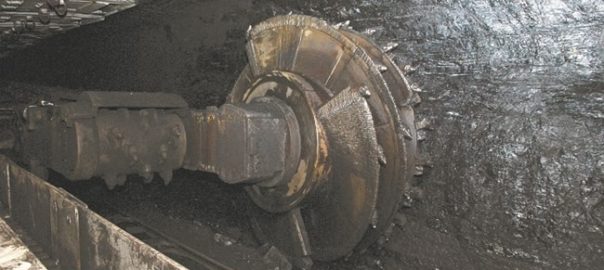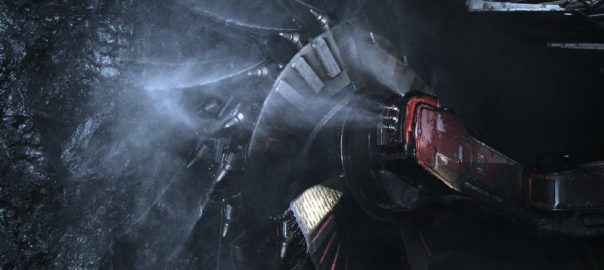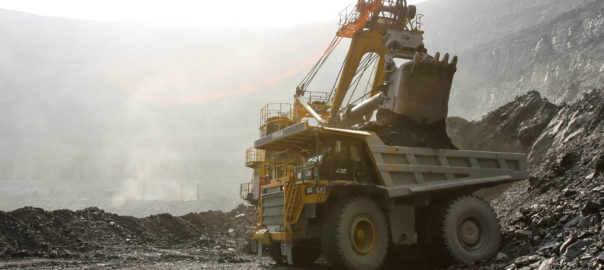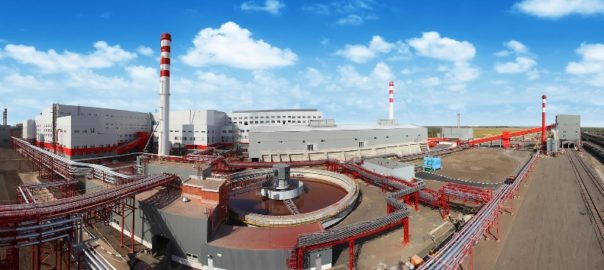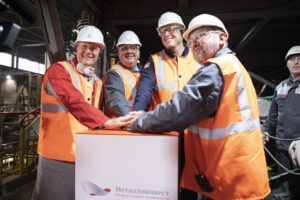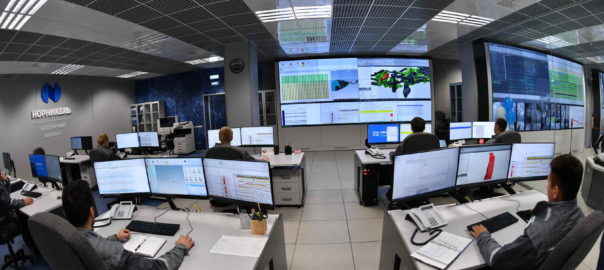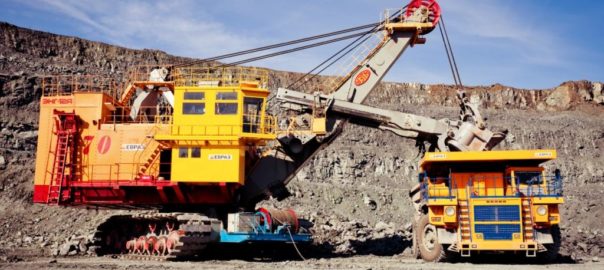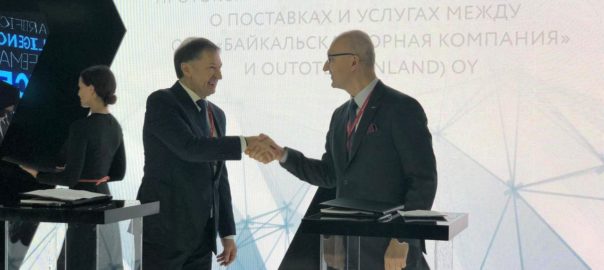Severstal’s Strata advanced monitoring system is helping optimise its Vorkutaugol coal operations in Russia through the ability to help with predictive maintenance, gas detection, and people and proximity detection, among other capabilities, CEO Alexander Shevelev said at a media roundtable in London today.
With the company looking to not only improve safety, but increase machine uptime and boost productivity, Strata, installed last year, has revolutionised the operation, in Russia’s Komi Republic.
The system is likely to become even more important in future years as the mine continues to expand to its ultimate 5.4 Mt/y coking coal concentrate capacity in 2022-2023, an expansion that involves $335 million of capital expenditure.
Shevelev said Strata works off a Wi-Fi enabled backbone at the mine to collect and analyse data. This has helped improve service and maintenance, he explained, in addition to enabling workers and machines to know where personnel and equipment are.
Wi-Fi will also come of use when the company brings online two new “remotely controlled” machines at the end of November. Shevelev said these machines would help improve safety within the mine, in addition to improving productivity thanks to a reduction in the time required for shift changes.
All of this is part of the company’s plans to, this year, invest a further RUB1.1 billion ($17.3 million) into safety improvement measures at its mines (almost half of which will be invested into health and safety initiatives – including digital systems – at Vorkutaugol).
The company also previously committed RUB5.7 billion of investment capital in 2019 to digital and IT projects focused on further improving operational excellence and enhancing product quality and customer service, it said.
The two deposits Severstal operates under the Vorkutaugol operations are Vorkutskoye and Vorgashorskoye, which have an estimated life of 28 and seven years, respectively, according to the company’s website. The business consists of five longwall mines, an open-pit mine and three washing plants.







